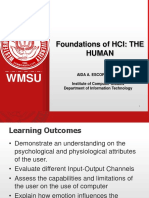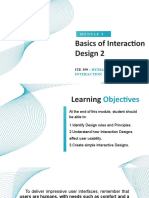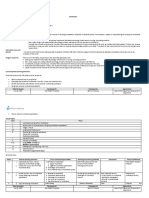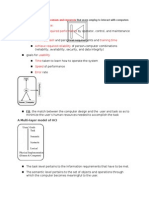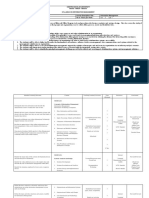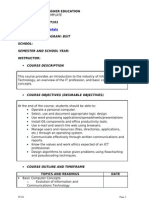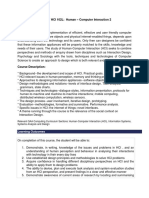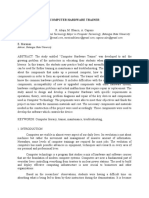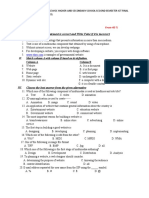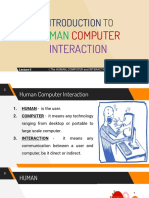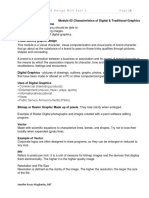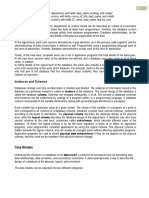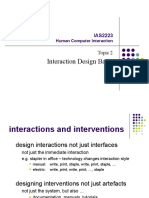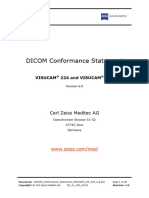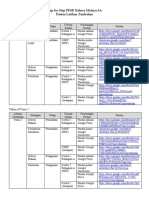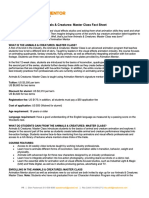0% found this document useful (0 votes)
100 views81 pagesHCI & Interaction Design Guide
This document discusses human-computer interaction and interaction design. It covers the following key points in 3 sentences:
1. It introduces the learning objectives which are to assess the relationship between interaction design and HCI, apply the process and principles of interaction design, understand Donald Norman's "Everyday Things", and evaluate products based on interaction design goals.
2. It discusses what constitutes good and poor design, noting that interaction design aims to create usable, learnable, effective and enjoyable user experiences by comparing examples of well and poorly designed interactive products.
3. The document then covers various principles of interaction design including visibility, feedback, mapping, affordance, consistency and constraints as well as providing examples and discussing what interaction
Uploaded by
hutaomagfic23Copyright
© © All Rights Reserved
We take content rights seriously. If you suspect this is your content, claim it here.
Available Formats
Download as PDF, TXT or read online on Scribd
0% found this document useful (0 votes)
100 views81 pagesHCI & Interaction Design Guide
This document discusses human-computer interaction and interaction design. It covers the following key points in 3 sentences:
1. It introduces the learning objectives which are to assess the relationship between interaction design and HCI, apply the process and principles of interaction design, understand Donald Norman's "Everyday Things", and evaluate products based on interaction design goals.
2. It discusses what constitutes good and poor design, noting that interaction design aims to create usable, learnable, effective and enjoyable user experiences by comparing examples of well and poorly designed interactive products.
3. The document then covers various principles of interaction design including visibility, feedback, mapping, affordance, consistency and constraints as well as providing examples and discussing what interaction
Uploaded by
hutaomagfic23Copyright
© © All Rights Reserved
We take content rights seriously. If you suspect this is your content, claim it here.
Available Formats
Download as PDF, TXT or read online on Scribd
/ 81



